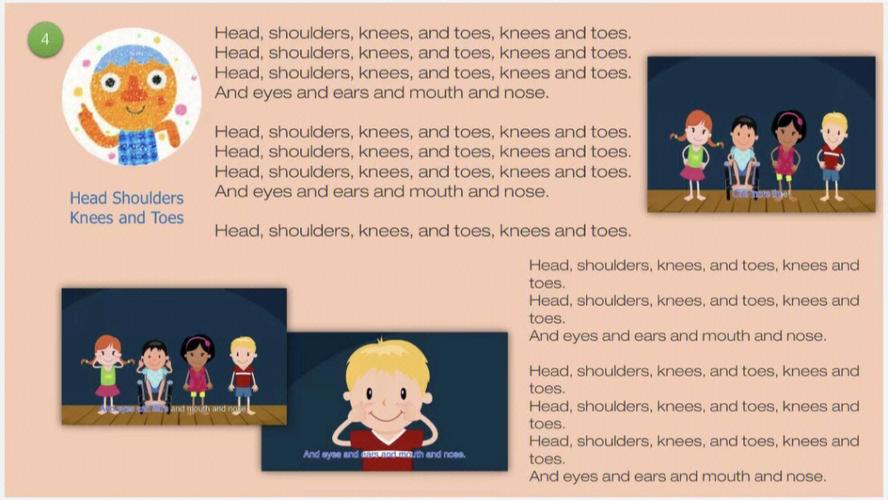Title: Understanding Music Licensing and Royalties
Introduction:
Music licensing and royalties are crucial aspects of the music industry, ensuring that artists, songwriters, and other music stakeholders are appropriately compensated for their work. In this article, we will explore the concept of music licensing, types of royalties, and the process of determining music fees.
1. What is Music Licensing?
Music licensing involves obtaining permission to use copyrighted music for various purposes such as public performance, broadcasting, streaming, or synchronization with visual media like films or advertisements. The two primary types of music licenses are:
Performance licenses: These licenses are required for live performances of music in venues such as concert halls, bars, or restaurants. Performance rights organizations (PROs) such as ASCAP, BMI, and SESAC administer and collect fees for these licenses on behalf of songwriters and publishers.

Mechanical licenses: These licenses cover the reproduction and distribution of music, including CDs, digital downloads, and streaming services. Mechanical licenses are usually obtained through organizations like the Harry Fox Agency (HFA).
2. Types of Royalties:
Royalties are the payments made to music creators and rights holders for the use of their copyrighted works. There are several types of royalties involved in music licensing:
Performance royalties: These royalties are generated when music is publicly performed. They are collected by PROs and distributed to songwriters, composers, and music publishers based on factors like radio airplay, TV broadcasts, live performances, and digital streaming.
Mechanical royalties: These royalties are earned from the reproduction and distribution of music. They are paid to songwriters and music publishers for physical sales, digital downloads, and interactive streaming.
Synchronization royalties: These royalties are earned when music is synchronized with visual media, such as films, TV shows, commercials, or video games. Synchronization (sync) licenses grant the right to use the music in these contexts, and the fees are negotiated directly between the parties involved.
3. Determining Music Fees:
The process of determining music fees varies depending on the type of use and the specific licensing agreements. Factors influencing the fees include:
Scope of use: The extent to which the music will be used, whether it's a smallscale local event or a global advertising campaign, can affect the licensing fee.
Audience size: The size of the audience or potential viewership plays a role in determining the value of the music license. A larger audience often results in higher fees.
Medium/platform: Different mediums/platforms have different value and reach. Licensing music for a major motion picture will likely have higher fees compared to a student film or independent podcast.
Negotiation: In cases where synchronization licenses are required, fees are negotiated directly between the music rights holder (artist, record label, or publisher) and the party seeking to use the music. The negotiation may involve factors like exclusivity, duration, and territory.
Conclusion:
Understanding music licensing and royalties is essential for both music creators and those seeking to use copyrighted music. Whether you are an artist, filmmaker, advertiser, or event organizer, being knowledgeable about licensing processes and royalty types allows for fair compensation and protection of intellectual property rights. Collaborating with reputable PROs, licensing agencies, or seeking legal advice can ensure that you adhere to legal requirements and support the music industry as a whole.
版权声明
本文仅代表作者观点,不代表百度立场。
本文系作者授权百度百家发表,未经许可,不得转载。








